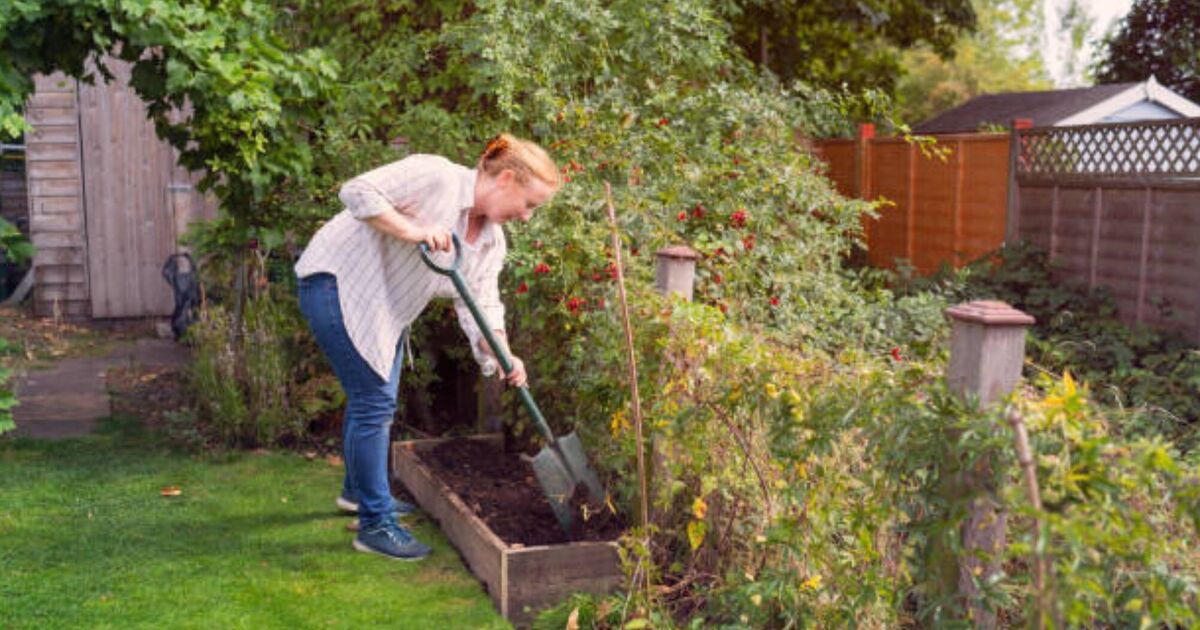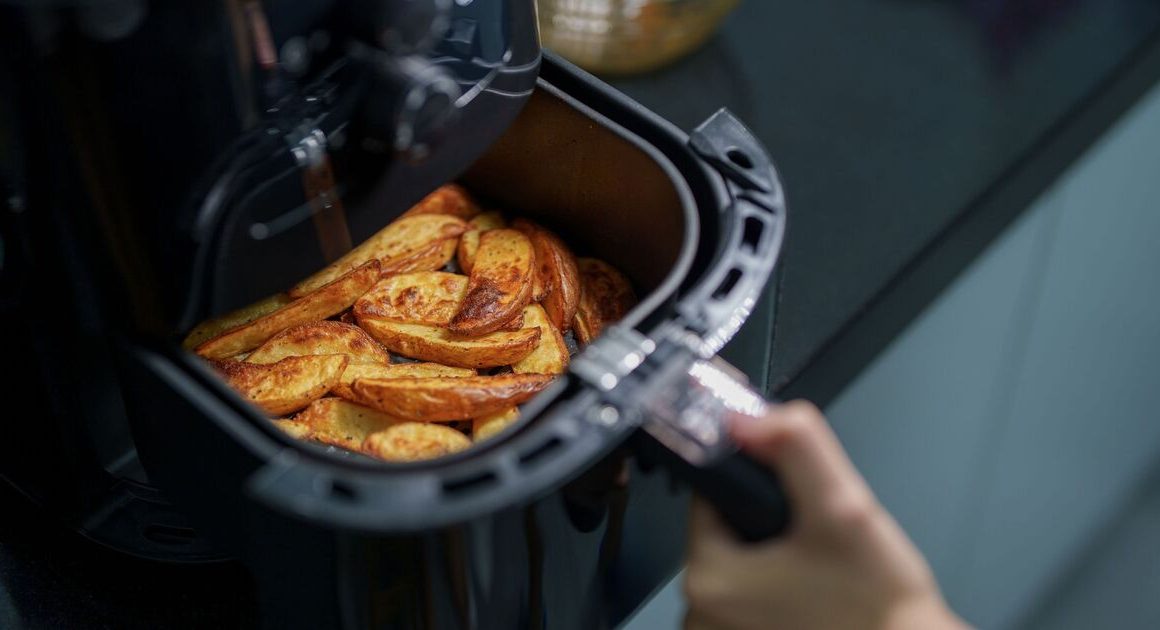A gardening expert has revealed February’s five must-do jobs to get your garden ready for spring.
Nicola Bradley, head gardener at the Lost Gardens of Heligan, told the Daily Mail it’s good to start readying the ground as early as possible so it is in good condition by the time you’re ready to plant.
She urged gardeners to start planting: “Cover your borders with a mulch of well-rotted compost if you have it. It will help retain moisture and warm the soil ready for spring planting.
“It will gradually become incorporated into the soil, adding nutrients and improving soil structure.”
The expert also told people to “check all your saved seeds”. She said: “Make sure any seeds you saved from plants last year have dried thoroughly and are stored in airtight containers.
“Remove any seeds that are going brown or looking a bit mouldy, only keep those that are blemish-free and true to type. Also, check all the old seed packets you have bought in previous years to see if they are still in date and in good condition.”
Third on Nicola’s list was plant hygiene. The expert said: “Now is a good time to give all your stored bamboo canes a thorough clean, ensuring good hygiene for the new plants you’ll be growing up them in the coming year.
“At Heligan, we cut away any rotting damaged ends and use the remaining cane to support shorter plants next year.
“Eventually, they end up just a foot long, but they can still be used to mark out direct sown seed rows in a bed. We get many thrifty years use out of them this way.”
Nicola also recommended gardeners use the colder months to get clean glasshouses, pots and seed trays ready for an early start with indoor sowing.
She said: “This is a satisfying indoor job in wet weather and you can plan all the plants you’ll be propagating next season whilst you work. Seeds to start sowing in the glasshouse in February include early annual flowers, onions, leeks, and summer brassicas.”
The expert also noted that it is the perfect time of year to think about collecting material for pea sticks. “It is great to have some bundles ready to support young pea plants or sweet peas the following year.
“Young, flexible hazel or birch stems make really attractive supports if the growth is woven together in the traditional manner. They also make lovely natural supports in an herbaceous border too.”










